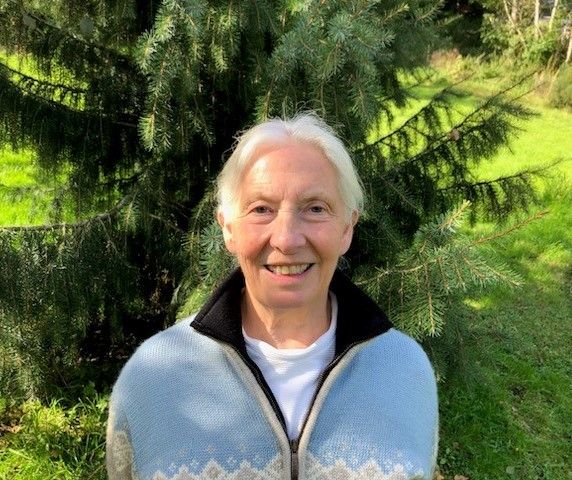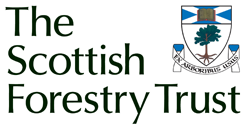February 2025. Dr Helen McKay OBE FICFor

What is the 'day job?'
In 2020, I was appointed Chief Forester for Scotland. A key task is to increase the number of trained experienced foresters in Scotland. In my second term, I’m also trying to encourage a more constructive discussion about how to contribute to biodiversity recovery and climate change limitation without reducing the productive capacity of Scotland’s woodlands.
What do you do outside of the Trust?
As a Research Fellow of Forest Research, I lead the publication of a series of factsheets on climate change and various aspects of forestry. As a Fellow, I also mentor young scientists on writing and publishing scientific papers. Recently I have become a mentor within the Institute of Chartered Foresters’ Emerging Leaders programme.
As an editor of the academic journal Forestry: An international journal of forestry research I keep up to date with emerging science and applications in temperate forestry. For example, the paper I’m handling at the moment is about the use of AI to estimate root rot from harvester head data. Exciting.
I’m trying to learn Spanish – so far we’ve not learned “old dog, new tricks!"
How long have you been involved with The Scottish Forestry Trust?
I joined the Scottish Forestry Trust in 2017 and last year took over as Chair of the Trust’s Projects and Research Committee. The main work of the committee, which comprises six experienced academics and industry representatives, is to assess funding applications and recommend which should be supported to the main Board of Trustees.
Why did you become a Trustee?
I wanted to use my research and theoretical knowledge to guide the Trust’s funding in a way that could make more immediate practical improvements.
How do you view the role of a board member? What motivates you?
The board members are the heart of The Scottish Forestry Trust. Together with the Director, they make sure the charity is run correctly and effectively according to its objectives and mission. The members of the Projects and Research Committee, who also assess the funding applications, use their judgement to decide which projects are worth funding so they are important in influencing the long term impact of the Trust.
What do you bring to the Trust?
I bring a substantial understanding of forestry-related research which is helpful in assessing the feasibility and potential impact of each application. Over 40 years in the forestry profession – mainly in Forest Research, the UK government’s research agency – my own direct research interests broadened steadily to cover sustainable forest management and climate change.
What do you gain from involvement with the Trust?
The Trust is a chance to meet people with a similar intentions but quite different perspectives. Modern forestry is so multi-faceted that this wider understanding is always interesting and helpful. I really enjoy the range of projects and the Trustees’ willingness to support ideas that would not be seen as mainstream in other forestry charities.
In your opinion, what are the most important challenges and opportunities facing the Trust?
The Trust is an established, well-respected charity – we have been operating since the 1980s – but the Trustees are clearly looking forward. With an eye to the long term I’d like the Trust to encourage more young people into the sector by helping to fund more MSc and PhD projects. The greatest opportunity in the medium-term is likely to be partnering with other funders in large practical studies that have the potential to improve forestry practices.
Looking ahead, what are you most excited about over the next 12 months?
The recent increase in income gives us the opportunity to define the areas of research that we have identified as of greatest relevance and perhaps take a little more risk.
